If you’ve been golfing for a while, you may have heard the term “low-lofted golf club” thrown around. But what is it? Put simply, low-lofted golf clubs have a lower angle of the clubface relative to the ground - measured in degrees. It’s an important concept that can influence the trajectory, spin rate, and distance of your ball. Let’s take a closer look at why low-lofted clubs are important and how they differ from other types of clubs.
The Different Types of Golf Club Lofts
Golf clubs come in several different loft angles, ranging from very high to very low. Aside from your putter, your driver will have the lowest loft. Drivers typically have a loft angle between 8 and 13 degrees. The higher the loft of the driver the higher the ball flight and the easier it is to hit.
With the advent of the modern driver comes adjustable loft. Golfers today are able to adjust the loft of their drivers within a few degrees. Obviously, not all golf clubs are created equal or have the same loft even if it's a similar style iron or wood.
Most PGA Pros play a driver with a loft between 9 degrees and 10.5 degrees. We've heard that this accounts for as much as 60% of tour players. However, there are always the Bryson DeChambeaus of the world - he's been known to use a driver with a loft under 5 degrees. For all, you high handicappers try hitting that driver - not recommended for very slow swing speeds.
Let's take a look at the degrees of loft of the rest of the clubs in your golf bag. It's important to understand that iron lofts will vary a little depending on the golf club manufacturers. There is no set loft assigned to each club. Better golfers will also customize their lofts to maximize the efficiency of their specific swing. The golf club lofts chart below is a range of what to expect. As your iron loft increases, the length of the club becomes shorter. So, obviously, the longest club in your bag is the driver - the one with the lowest loft, then the fairway wood, and so on. Your wedge lofts are the shortest clubs. There's even a traditional putter loft.
- 3 Wood between 13 and 15 degrees
- 4 Wood between 16 and 17.5 degrees
- 5 Wood between 18 and 19 degrees
- 7 Wood between 20 and 22 degrees
- 3 Hybrid between 19 and 20 degrees
- 4 Hybrid between 21 and 23 degrees
- 3 Iron between 18 and 21 degrees
- 4 Iron between 21 and 24 degrees
- 5 Iron between 23 and 27 degrees
- 6 Iron between 27 and 31 degrees
- 7 Iron between 30 and 35 degrees
- 8 Iron between 35 and 39 degrees
- 9 Iron between 39 and 43 degrees
- Pitching Wedge Loft between 42 and 47 degrees
- Gap Wedge Loft between 50 and 52 degrees
- Sand Wedge Loft between 54 and 56 degrees
- Lob Wedge Loft between 60 and 64 degrees
What Is a Low Lofted Golf Club?
According to our loft chart above, the lowest lofted golf clubs have a loft angle of less than 25 degrees. These clubs include drivers, fairway woods, hybrids and long irons (1 to 4 irons). Generally speaking, lower lofts produce lower trajectories and less spin - which is ideal for longer shots that need more distance and more rollout on the fairway. A higher loft range will produce higher trajectories with more spin - which is great for shorter shots and approach shots into the green.
Why Are Low-Lofted Clubs Important?
Low-lofted clubs are essential for hitting longer shots off of the tee or from the fairway. The primary purpose of these clubs is to get maximum distance out of each shot without sacrificing accuracy or control. Typically when you're hitting the longer lower lofted clubs in your bag you want the golf ball to spin less in order to maximize carry and distance.
Understanding How to Use Loft in Your Game?
Choosing the right golf club is one of the many skills that separate a lower-handicap golfer from your average golfer. Choosing the loft of a club is all about knowing your distances and what lies ahead of you on the golf course. One of the keys to improving your game quickly is knowing how far you hit each club in your bag. Once you have your distances dialed in you can focus on your accuracy and trajectory and use different lofts to shape different types of shots.
If you're on the tee box it is usually pretty straightforward. For Par 5s and long Par 4s the driver is most often the club of choice. You need as much distance as you can get. However, if there are cross bunkers or other hazards potentially in play with your driver maybe you need to play it short with a higher lofted club. Perhaps your hybrid lofts or the same numbered irons make more sense. That way you can avoid the hazards.
Hitting approach shots to the green could be a similar story. If you're an easy 7 iron from the green but facing tree trouble ahead you may be better off hitting a low 4 iron. The lower loft will keep the ball below the tree line and allow you to run the ball onto the green. Despite the lower ball flight a lower lofted club like a 4 iron will travel further and pick up extra yardage once it hits the ground.
On the flip side, you may be looking at an approach shot where you need to get the ball up quickly (more loft) to go over the trees and then stop it quickly on the green. In this case, a higher lofted club will be your weapon of choice producing a higher ball flight with more spin.
Lower lofted clubs can also be more useful when you're playing into headwinds or crosswinds. You want distance with low spin and a lower ball flight to minimize the impact of the wind. The opposite is true when you have the wind behind you. You can ride the wind with a higher lofted club that travels higher and further and is easier to hit.
The most important thing to understand about choosing a club and the loft is understanding your game. That means not only knowing your distances but knowing what clubs you're most confident with. Typically lower lofted clubs like wood lofts require more skill to use correctly. They tend to be harder to hit accurately compared to higher-lofted irons or wedges. Yes, you get more distance but mishits also tend to go further offline.
Choosing the Right Clubs
If you want the quickest way to improve your game then go get fitted for a set of custom golf clubs. Beginners often make the mistake of thinking club fitting is only for better golfers. This is not true. Playing with the wrong set of clubs can lead to bad habits and a miserable experience on the golf course. You want clubs to match your specific game - your swing speed, your skill level, your size, your swing patterns, and your tendencies.
Low-lofted golf clubs are an important component of any golfer’s bag. They provide the distance you need for the longer golf shot, but it's essential that you understand how to properly use them in order to get the maximum performance and accuracy out of your game. Knowing which club is best for a given situation can make all the difference in your game, so don't be afraid to experiment with different clubs and lofts and see what works best for you! If you want even more help to optimize your setup, consider getting custom fitted by a professional. They can analyze your swing and recommend specific clubs tailored specifically to your swing and your game. Now that's something every golfer should do if they are serious about their game!
Good Luck and Happy golfing!
If you're like most golfers you're probably looking for the best golf ball for your game. See below.


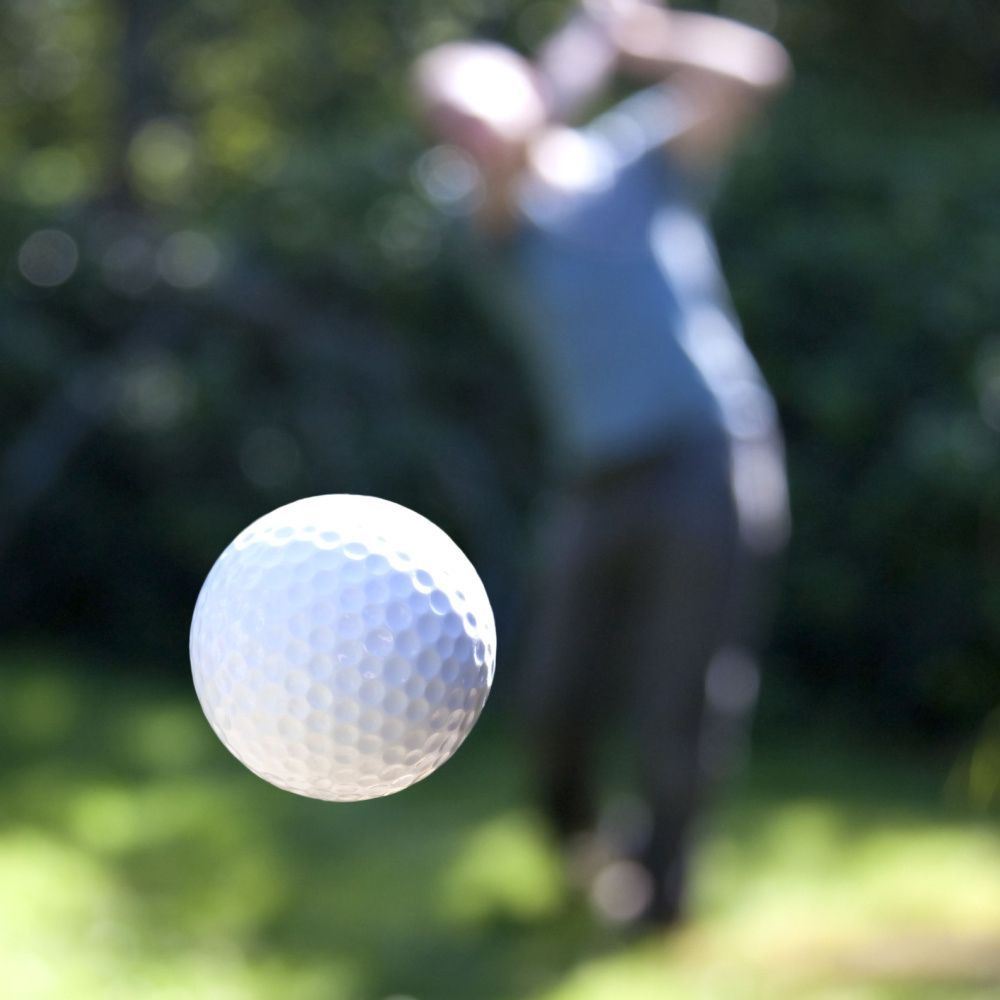



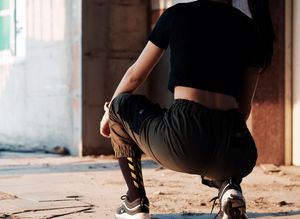



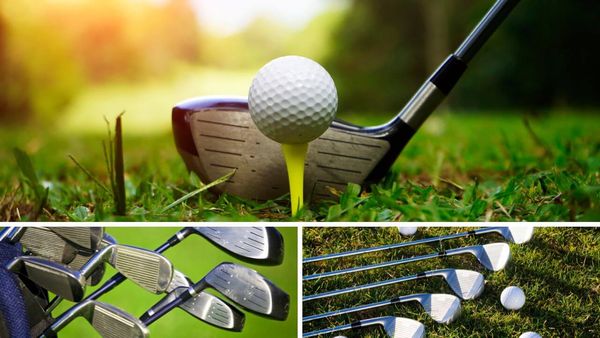
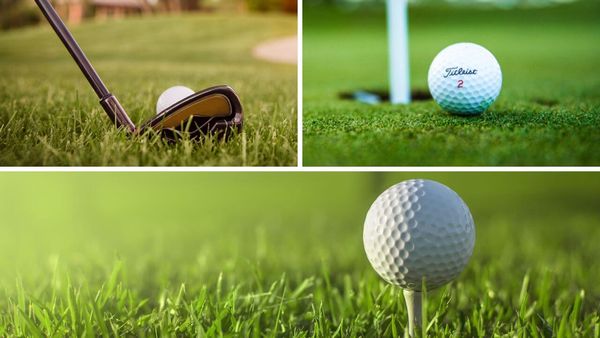
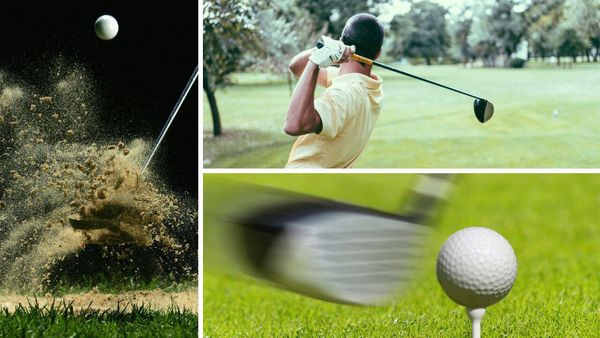
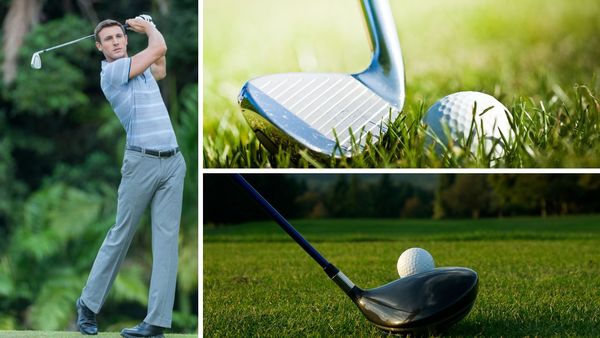
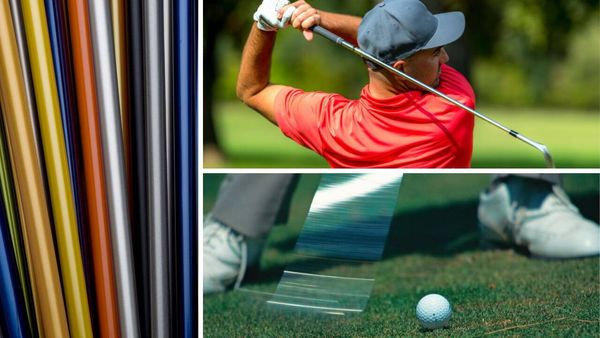
Member discussion